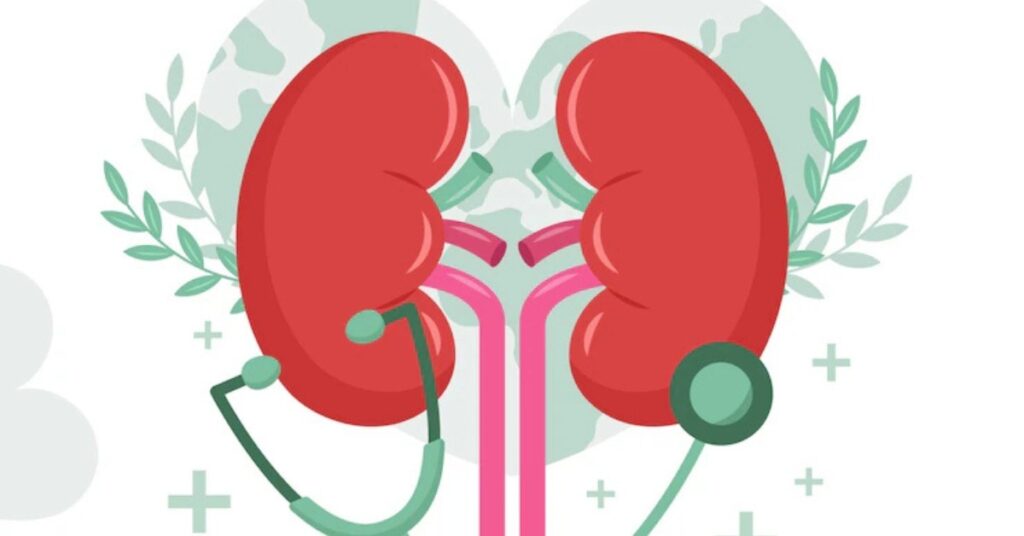A 5-year-old girl tragically died just hours after being misdiagnosed with tonsillitis. Her actual condition, bacterial meningitis, went untreated. Learn about the symptoms, risks, and causes of this potentially fatal disease.

A five-year-old girl from Manchester tragically lost her life just hours after being misdiagnosed with tonsillitis, when in fact, she was suffering from bacterial meningitis — a fast-moving and potentially fatal condition. Her family is now raising awareness about the dangers of misdiagnosis and the importance of recognizing the early signs of meningitis.
In December 2023, Lila Marsland began experiencing headache, vomiting, and neck pain — symptoms that concerned her mother, Rachael Mincherton, a former nurse. According to The Daily Mail, the family took Lila to a local hospital in Manchester, where Rachael specifically asked whether meningitis could be the cause of her daughter’s symptoms. Despite her concerns, Lila was diagnosed with tonsillitis and sent home with antibiotics.
“A young girl’s family was told she had tonsillitis, but when her mom woke up the next morning, her daughter was unresponsive — the result of untreated meningitis.”
“When we arrived home from (the) hospital, I slept with Lila that night,” said Mincherton. “When I woke, she was unresponsive.” Paramedics arrived “within minutes”, she said, adding they “did everything they could, but it was too late. At that moment our family changed forever.”
After her passing, further testing confirmed the presence of bacteria associated with meningitis in the fluid surrounding Lila’s brain.
What Is Meningitis?
Meningitis is a serious inflammation of the meninges — the protective membranes surrounding the brain and spinal cord. It can be caused by bacteria, viruses, fungi, or parasites, and in some cases, by non-infectious conditions like cancer or certain medications. The bacterial form, as seen in Lila’s case, is the most dangerous and demands immediate treatment.
Types of Meningitis
Meningitis is categorized by its cause and how long symptoms last. Common forms include:
- Bacterial meningitis – Often acute and life-threatening.
- Viral meningitis – Usually less severe, but still requires monitoring.
- Fungal meningitis – More common in people with weakened immune systems.
- Parasitic meningitis – Rare, caused by parasites like Naegleria fowleri.
- Drug-induced meningitis (DIAM) – Caused by medications like NSAIDs and some antibiotics.
- Chronic meningitis – Lasting longer than a month.
- Acute meningitis – Rapid onset, severe symptoms, often bacterial.
Also Read: Is It Just Your Period? Early Signs of PCOS to Watch For
Signs and symptoms of Meningitis
Recognizing the symptoms early can be lifesaving. These include:
- Severe headache
- Stiff neck
- Nausea or vomiting
- Sensitivity to light (photophobia)
- Confusion or disorientation
- Extreme sleepiness or trouble waking
- Loss of appetite
- Rash-like spots on the skin
- Balance issues or loss of coordination
- Difficulty focusing or paying attention
- Hallucinations
How Does Meningitis Spread?
Meningitis can be transmitted or triggered in several ways:
- Person-to-person contact via saliva, coughing, or close contact
- Contaminated food or water
- Fungal spores inhaled from the environment
- Post-surgery complications
- Certain medications
- Non-infectious conditions, such as cancer or autoimmune diseases
Who Is Most at Risk?
Certain individuals are at greater risk of developing meningitis:
- Children under 5 years old
- People with weakened immune systems
- Those living in group housing, like college dorms
- People without a spleen or with a damaged spleen
- Travelers to regions with high meningitis prevalence
- Individuals with chronic infections or head trauma
- Those with sickle cell disease or alcohol use disorder












